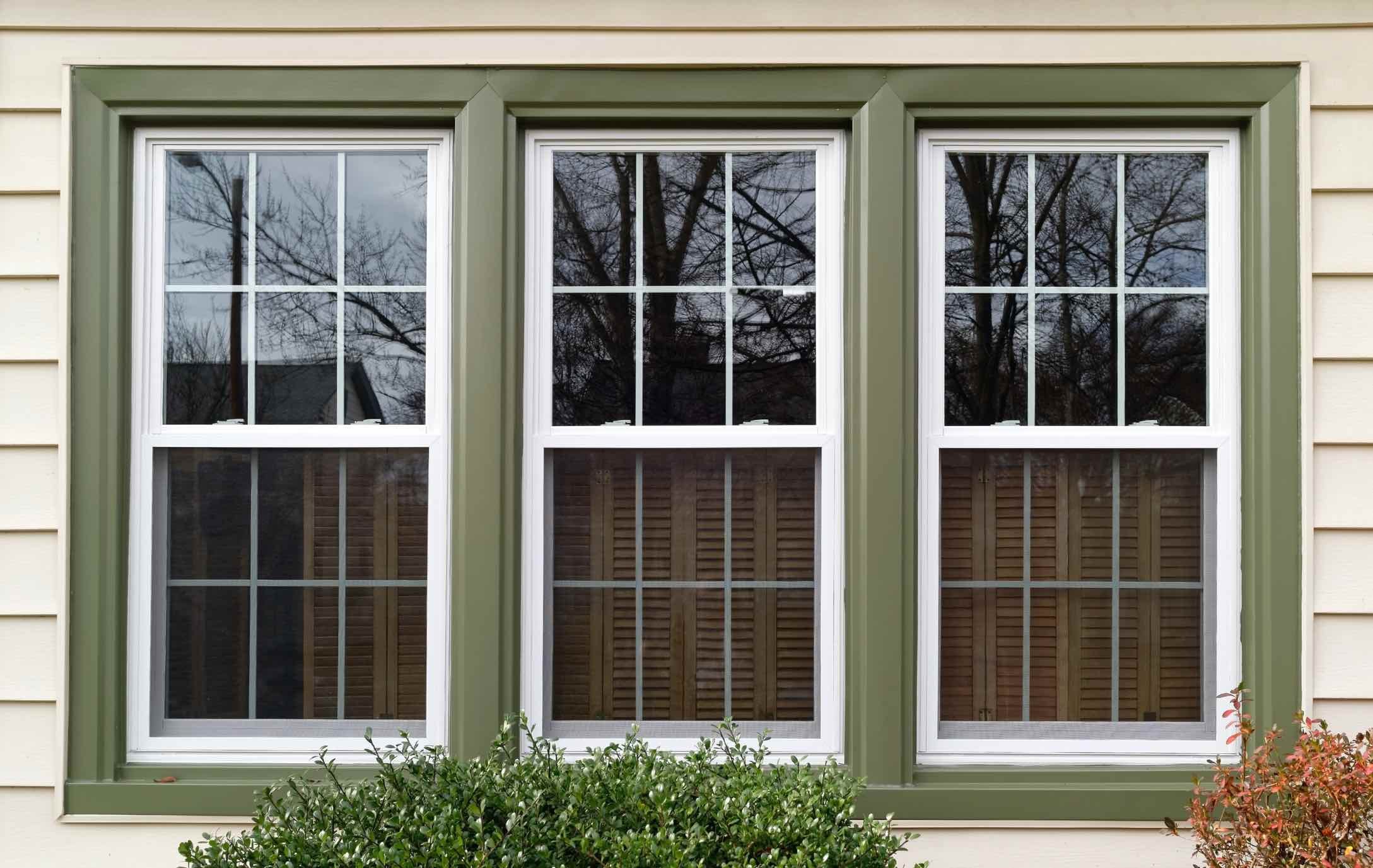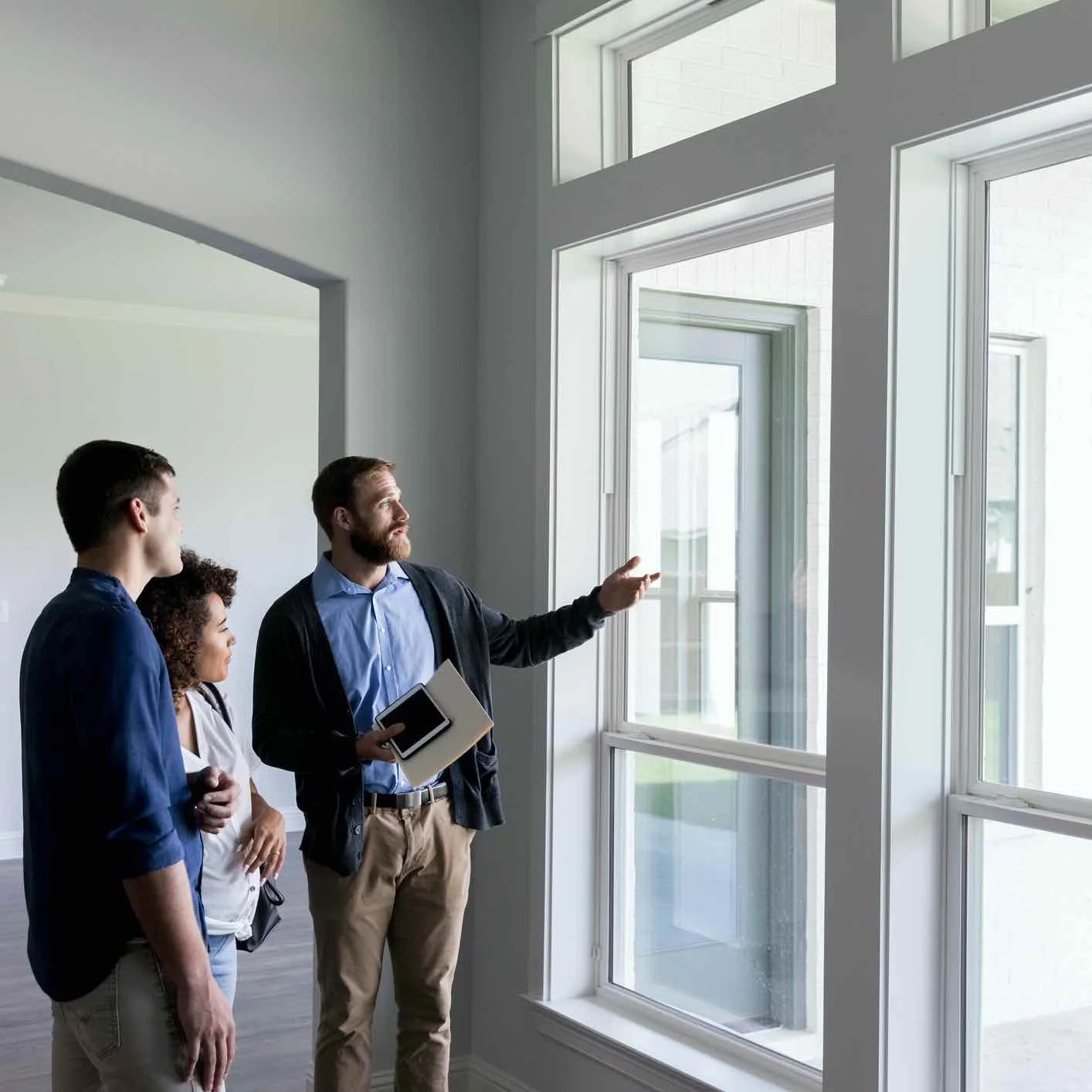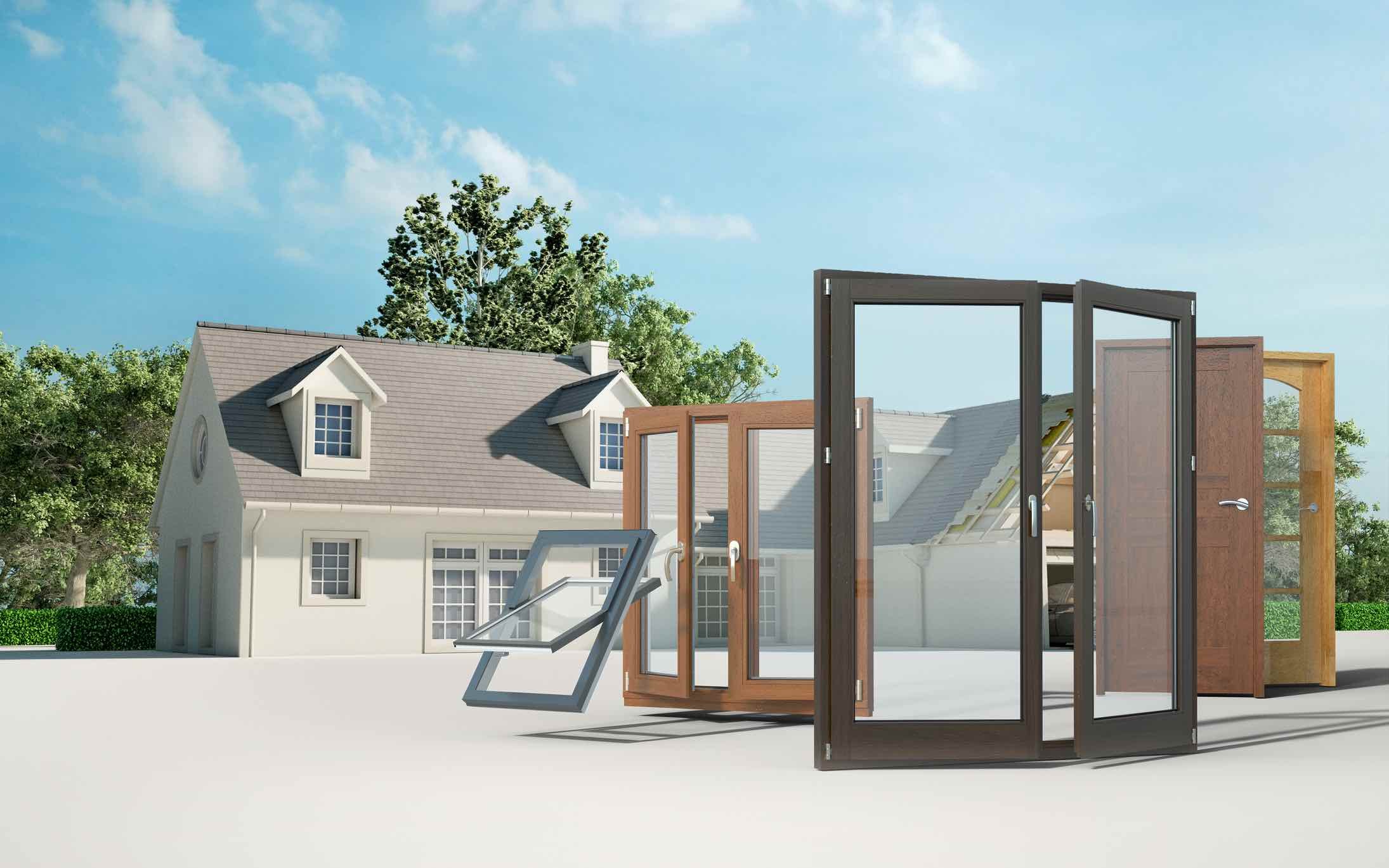Fiberglass vs Vinyl Windows
Choosing the right windows for your home is an essential part of any remodel or new build project. Among the plethora of options available, fiberglass and vinyl windows stand out as popular choices. This comprehensive comparison of fiberglass vs vinyl windows aims to provide you with a deep understanding of their differences, including their cost, energy efficiency, and other features, to help you make the best decision for your home.
Understanding the Materials: Fiberglass and Vinyl
Before diving into the comparison, it's important to understand what each material is and how it's made.
Fiberglass Windows
Fiberglass, a material crafted from polyester resins reinforced with glass fibers, is known for its lightweight and robust properties. These characteristics make it a preferred material for durable, resilient windows. The intricate construction process involves activating polyester resins with a catalyst and pultruding them through a heated die. Glass strands or mats are then impregnated with resins, resulting in a machinable product that can be shaped as per requirement.
Vinyl Windows
On the other hand, vinyl windows are crafted from polyvinyl chloride (PVC), a type of flexible plastic. These windows may include metal as an internal structural element to stiffen the frames. Vinyl windows hit the market in significant numbers in the early 1970s, as the energy crisis had consumers looking for energy-efficient alternatives.
Appearance: A Close Look
While both fiberglass and vinyl windows have a similar look from a distance, a closer inspection reveals some key differences, particularly in the frames.
Fiberglass Windows
Fiberglass windows come with thinner frames and no visible join lines, allowing more room for the glass panes. This design is especially beneficial if you want to maximize the amount of natural light in your home. Moreover, fiberglass windows offer a wider range of color and style options compared to their vinyl counterparts, and they can be painted virtually any color to match your home's exterior.
Vinyl Windows
Conversely, vinyl windows, known for their relatively thick frames, have a visible join line at the corners. Although vinyl windows come in a range of baked-in colors, they cannot be painted, thus limiting your customization options.
Cost Comparison: Fiberglass vs Vinyl Windows
When considering fiberglass vs vinyl windows, cost is a crucial factor. Typically, vinyl windows are less expensive than their fiberglass counterparts, though both are cheaper than wooden windows.
The average cost of installing a single vinyl window, including installation, ranges between $500 and $750. In contrast, fiberglass windows, being 10% to 30% more expensive, have an average cost that lies between $570 and $1,700, depending on the size and number of windows.
Installation: A Matter of Expertise
When it comes to installation, vinyl windows generally have an edge. Thanks to their flexibility, they are easier to work with and more forgiving of slight measurement discrepancies. Therefore, a savvy DIYer may be able to install vinyl windows themselves, saving between $100 to $200 per window.
However, fiberglass windows are more rigid and inflexible, requiring precise installation. Most manufacturers recommend professional installation for fiberglass windows and may void the warranty if they are not installed by approved contractors.
Durability: Strength and Longevity
Fiberglass and vinyl windows are both strong, durable, and water-resistant materials. They hold up to the elements far better than wood thanks to their resistance to rot and insect damage. However, fiberglass windows have the upper hand when it comes to durability.
Fiberglass windows are up to eight times stronger than vinyl due to their frames being reinforced with robust glass fibers. With proper care, fiberglass windows can last 50 years or longer, while vinyl windows can last up to 30 years.
Maintenance and Care: Low Effort, High Rewards
Both vinyl and fiberglass windows are low maintenance compared to their wooden counterparts. Simply hose off dirt or debris as needed. However, fiberglass windows may need to be repainted periodically, and you may need to re-caulk vinyl windows if temperature swings cause the seal to break.
Energy Efficiency: Maximizing Savings
When it comes to energy efficiency, fiberglass windows have a slight advantage. Roughly 15 percent more energy-efficient than vinyl-framed windows, fiberglass helps reduce energy consumption. The glass base in fiberglass is very effective at insulating against sound as well, an essential consideration if you live near a noisy area.
Eco-Friendliness: A Matter of Sustainability
In terms of environmental sustainability, fiberglass takes the lead. Most fiberglass is made from recycled glass, reducing landfill waste and the need for new glass production. Plus, the manufacturing process doesn't release harmful chemicals into the environment. Conversely, vinyl windows are made from PVC plastic, a material that is difficult to recycle at the end of its life.
Resale Value: An Investment for the Future
Fiberglass windows tend to have higher resale values than vinyl windows, thanks to their low maintenance, durability, and customization options. However, both window types have resale values of 70% or higher, making them great investments for your home.
Frequently Asked Questions
-
Fiberglass windows have several advantages over vinyl, including a wider range of decorative options, greater durability, higher energy efficiency, and better eco-friendliness. However, vinyl windows are less expensive and easier to install, making them a viable alternative.
-
The main differences between vinyl and fiberglass windows lie in their materials, appearance, cost, installation process, durability, energy efficiency, and environmental impact.
-
With proper care, fiberglass windows can last 50 years or longer.
-
The answer to this question depends entirely on your specific needs and circumstances. If cost is your primary concern, vinyl windows may be the better choice. However, if you're looking for durability, energy efficiency, and customization options, fiberglass windows might be the way to go.
Conclusion: Choosing the Right Windows
Both vinyl-framed and fiberglass-framed windows are excellent products that may be a better choice than wood for your new-construction or replacement windows.
If cost is your main deciding factor, vinyl windows are the way to go. They are perfect for inexpensive home remodels and for house flips. On the other hand, for the best appearance and strength, fiberglass windows are the preferred option.
When considering fiberglass vs vinyl windows, it's essential to weigh the pros and cons of each and make a decision based on your home's specific needs and your personal preferences.






